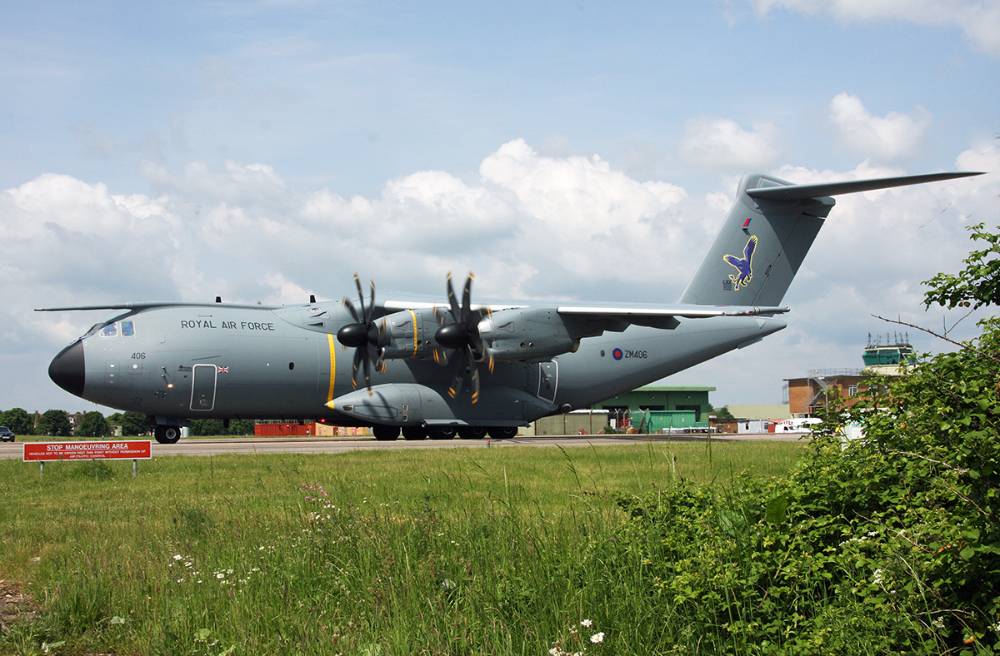
A-400 ZM406
Image courtesy of Adrian M Balch
70 Squadron was formed at South Farnborough on 22nd April 1916 as a fighter unit equipped with the Sopwith 1 ½ Strutter. This was the first British fighter to have a synchronised machine gun that shot through the propeller.
The absence of effective fighters on the Western front resulted in the squadron being moved rapidly, in sections, to Fienvillers, France. A Flight arrived on 31st May to be joined by the remaining flights at monthly intervals. In addition to fighter patrols, 70 Squadron was also engaged in reconnaissance and bombing missions. In June 1917, it was the first squadron to re-equip with the Sopwith Camel which it used for fighter patrols and ground-attack duties for the rest of the war.
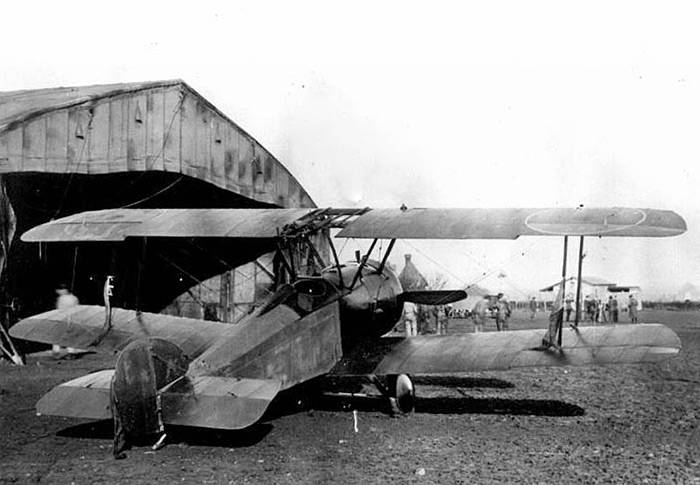
Sopwith Camel similar to the aircraft used by the Squadron.
Crown Copyright
By the end of hostilities 70 Sqn pilots had claimed 287 aerial victories while 19 had become aces. In January 1919, the squadron, by then based at Bickendorf, near Cologne, re-equipped with the Snipe. In late August it moved to Spitalgate and a month later was reduced to a cadre. On 22nd January 1920 it disbanded.
However, on 1st February 1920 No 58 Sqn, a bomber-transport unit based at Heliopolis with the Vickers Vimy, was renumbered 70 Sqn.
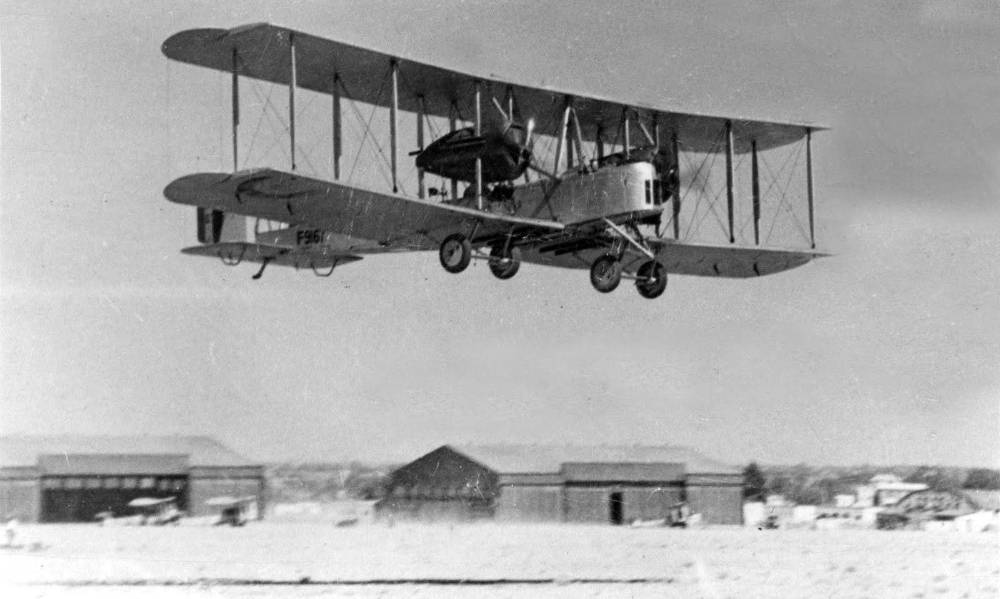
Vickers Vimmy
Crown Copyright
Until April some Handley Page 0/400s also remained in use. During 1922 the Vimys were progressively replaced by the dedicated transport development, the Vernon I. Over the next 18 years the squadron was to re-equip progressively with the Vernon II and III, the Victoria I, III, IV, V , VI and finally in Nov 1935 with the Valentia, the ultimate development of the Victoria.
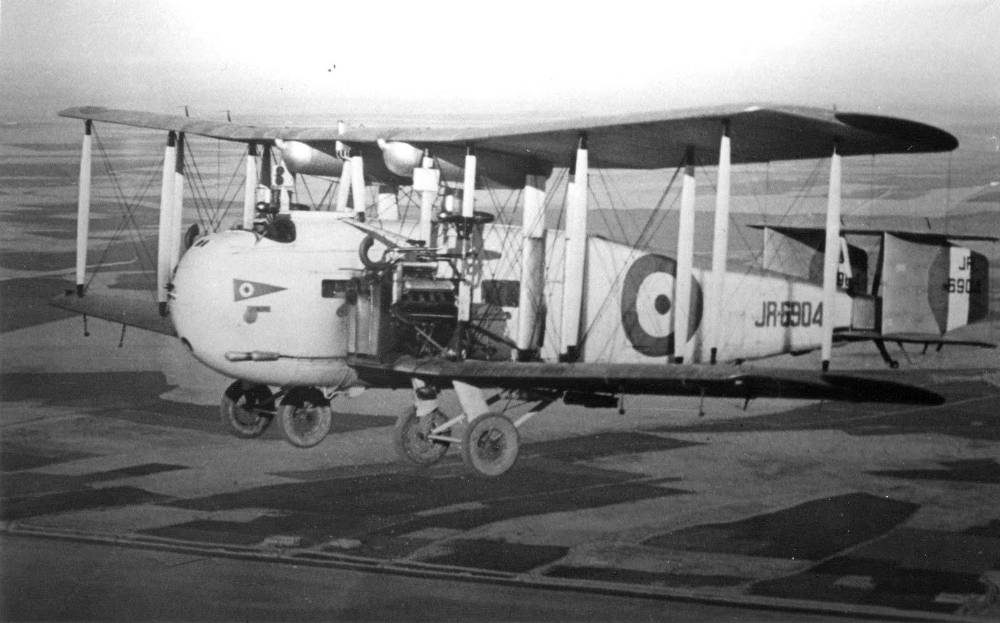
Vickers Vernon
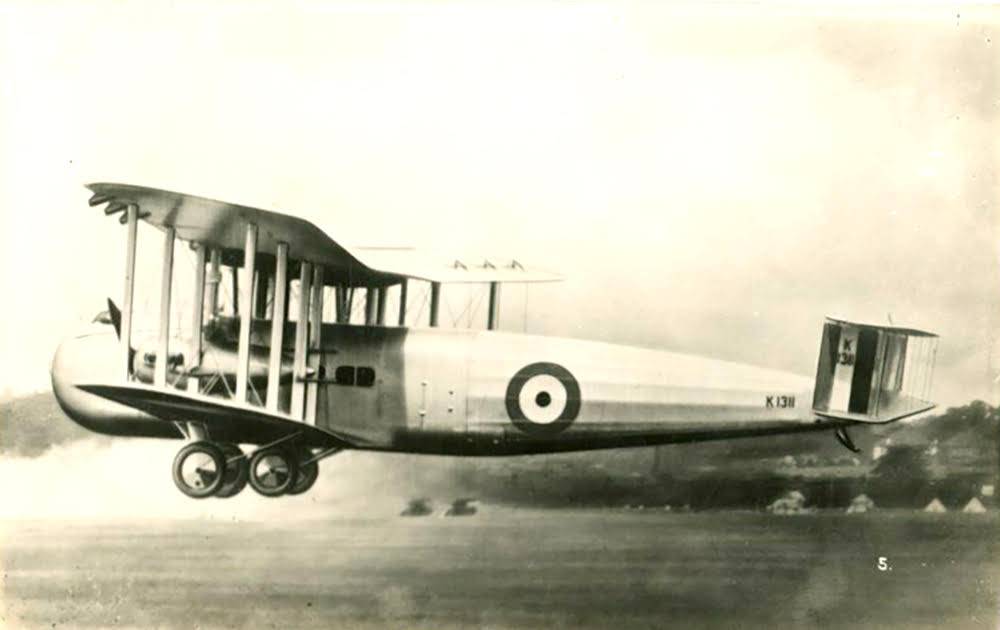
Vickers Victoria
Crown Copyright
In December 1921, the squadron had moved to Iraq where it remained as the resident bomber-transport unit until the outbreak of WWII. During this period, it provided air transport for RAF and Iraqi forces policing the remoter parts of the country. In 1923, together with 45 Sqn, it performed the first ever strategic military airlift taking 500 troops to Kirkuk which had been overrun by Kurds. in 1928 the squadron’s Victorias took part in the world’s first large scale airborne evacuation, airlifting 528 British citizens caught up in a civil war in Afghanistan.
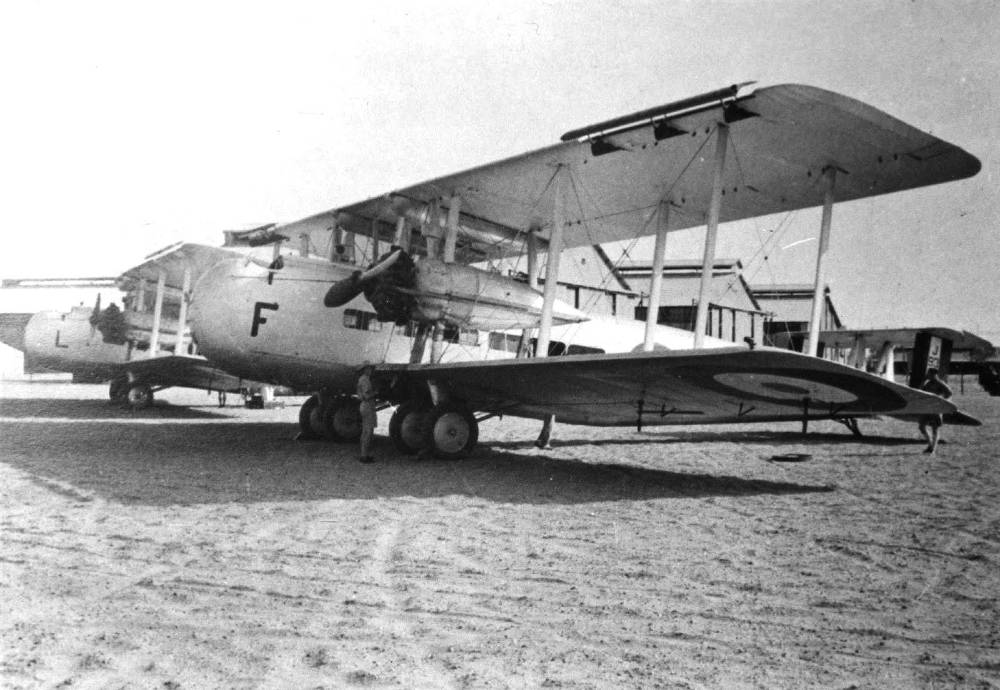
Vickers Valentias
With the approach of war, the squadron and its Valentias were withdrawn to Egypt. With Italy’s entry into the war in June 1940, there was a need for heavy bombers in the Middle East. 70 Sqn was converted to Wellington Ic and began operations on 18th September.
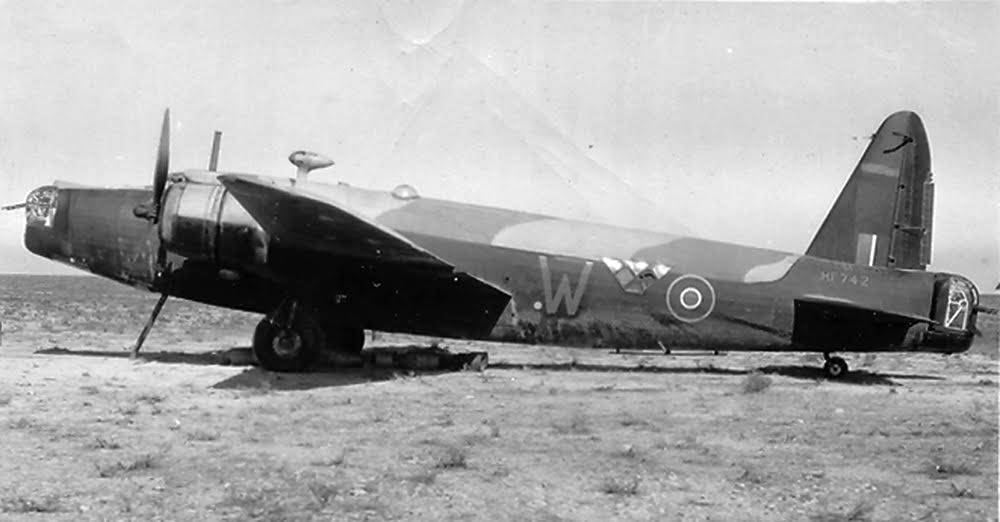
Vickers Wellington
Marham Heritage Centre
Attacks were made by night on ports and bases in Libya, Italy and Greece to restrict supplies to the enemy during the campaign in the Western Desert. In 1941 some operations were flown over Iraq and Syria to support local campaigns. In January 1943 the squadron’s original Wellingtons were replaced by Wellington IIIs which were gradually replaced by Wellington Xs between April and the end of the year. As the front line moved westwards, the squadron left Egypt for bases in Libya and later, Tunisia. As the North African campaign concluded the squadron operations turned to targets in Sicily and southern Italy. In December 1943, 70 Sqn moved to captured airfields around Foggia, where it spent the rest of the war. Operations over northern Italy and the Balkans continued with Wellingtons until conversion to the Liberator VI early in 1945. In addition to bombing raids, the squadron undertook minelaying in the Danube and dropped supplies to Yugoslav partisan forces. In October 1945, 70 Squadron relocated to Palestine and at the end of the year to Egypt. It was disbanded on 31st March 1946 The squadron numberplate was unused for only a couple of weeks because, on 15th April 1946, 178 Sqn at Fayid was re-numbered 70 Sqn and flew the Lancaster B1(FE) in Egypt until disbanded again on 1st April 1947. After 13 months there was a return to the transport role when, on 1st May 1948, 215 Sqn at Kabrit, Egypt, equipped with Dakotas, became 70 Sqn. The squadron was engaged in transport duties in the Middle East, converting to the Valetta C1 in January 1950. The squadron remained based in Egypt until December 1955 when, as part of the British withdrawal from Egypt, a move was made to Nicosia, Cyprus.
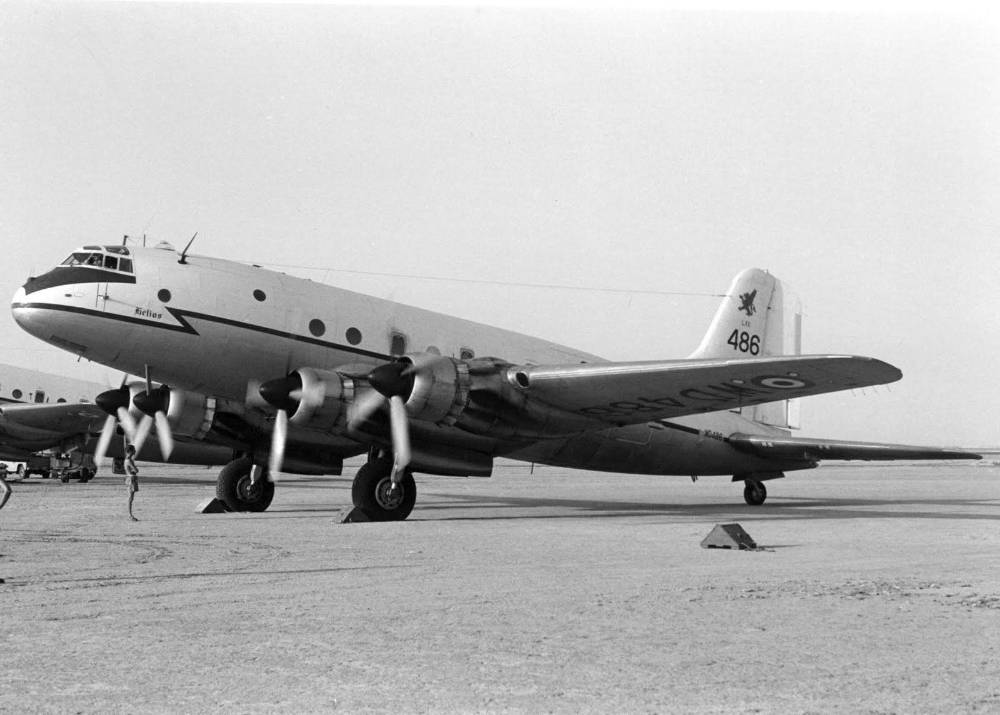
Valletta line up
Marham Heritage Centre
On arrival in Cyprus the squadron re-equipped with the Hastings C1, C2 and C4. During the Suez operation, the squadron’s Hastings dropped parachute troops on Port Said. The Hastings were flown until replaced by Argosies from October 1967, although one Hastings (WD500) was retained as a VIP transport until July 1968.
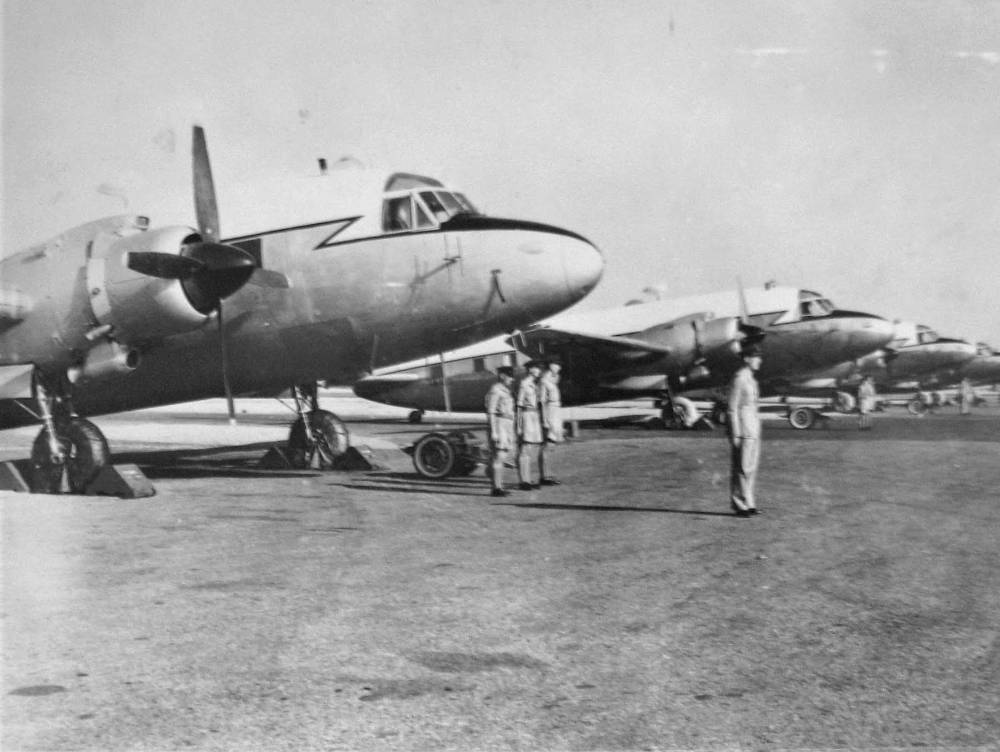
Handly Page Hasting
Via James Morrison
Conversion to the Hercules C1 began in December 1970 but a few Argosies, one as the C-in-C NEAF’s personal transport and others to provide regional passenger services, were retained until 1973.
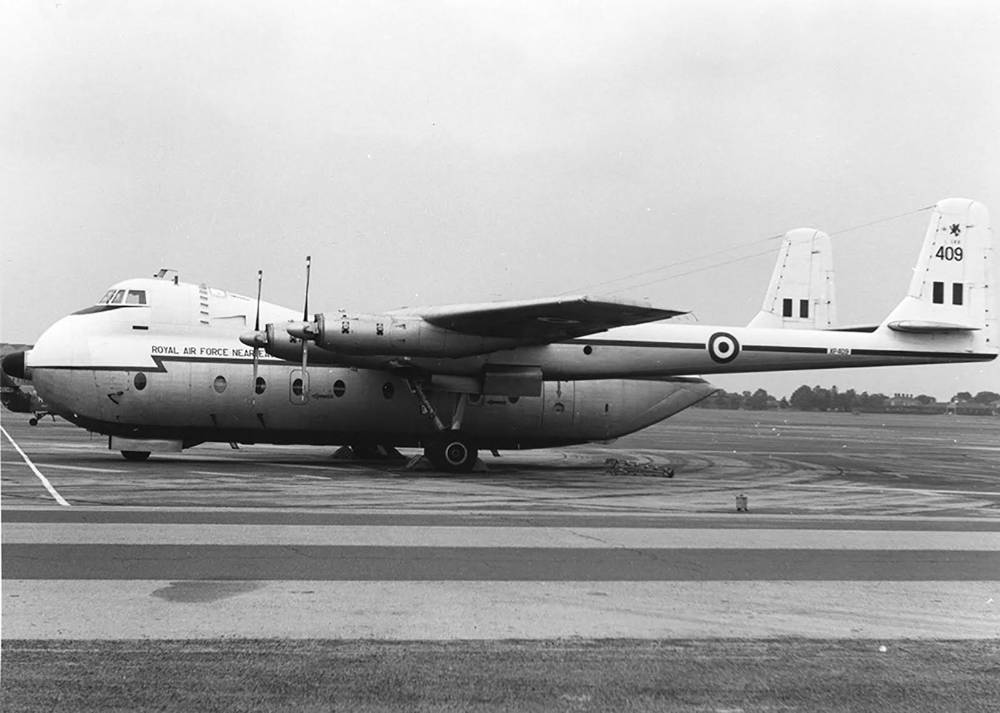
Armstrong Whitworth Argosy
Via James Morrison
As part of the withdrawal from “East of Suez”, 70 Squadron moved to RAF Lyneham in early 1975, the first time the squadron had been based in the UK since its formation. After 35 years of operating the Hercules C1/C3 from Lyneham, the squadron disbanded in September 2010. 70 squadron was the only squadron from the Lyneham Transport Wing not to receive the later Hercules C-130J.
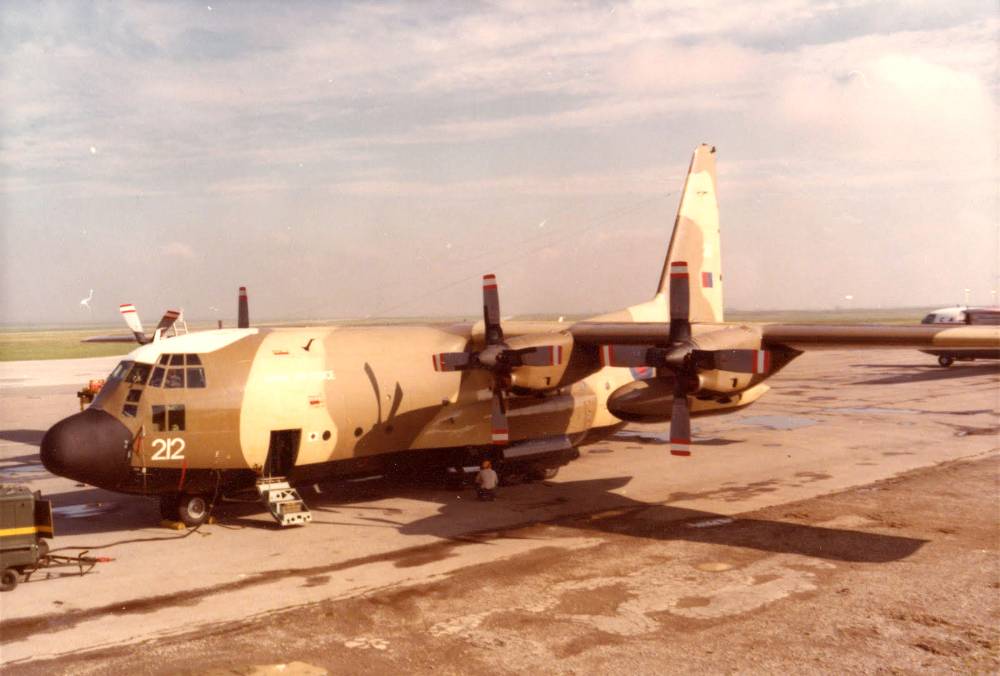
Hercules C1
Crown Copyright
The squadron reformed on 1st October 2014 and was officially "stood up" on 24th July 2015 by presentation with a new standard by Princess Anne, becoming the Royal Air Force's first frontline Atlas C1 squadron.
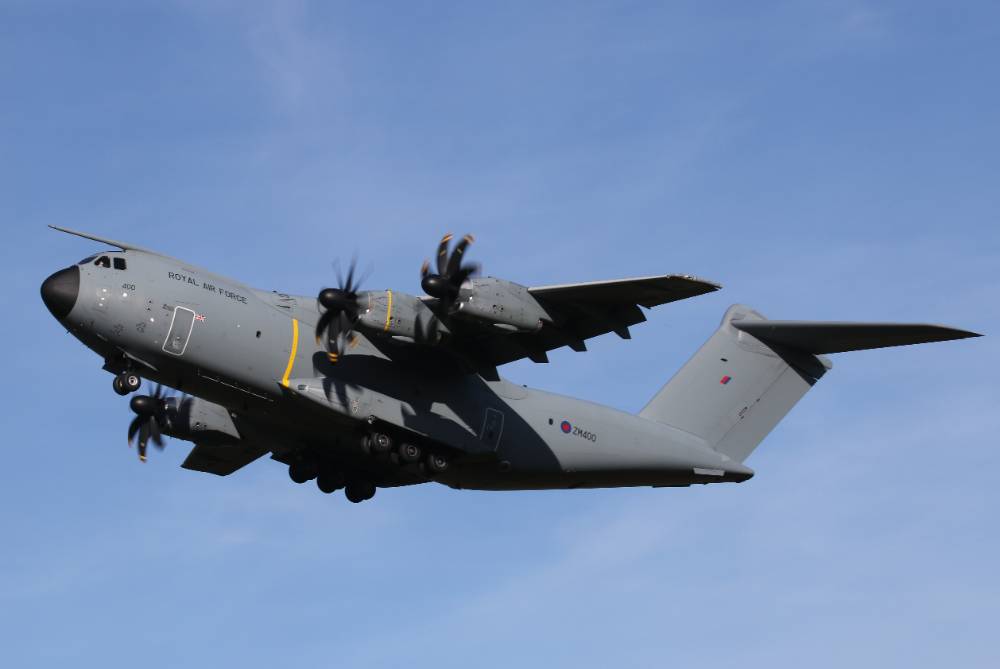
A400 Atlas C.1 ZM400
Image courtesy of Adrian M Balch
In 2017 the squadron was part of Op Ruman, the humanitarian aid relief in the Caribbean following Hurricane Irma. In August 2021, the squadron was deployed forward at Al Minhad air base in Dubai, United Arab Emirates, sending two aircraft to assist with Operation Pitting. This was the largest Royal Air Force airlift since the Berlin Airlift, helping to evacuate British Nationals and vulnerable Afghanis from Kabul Airport.
In 2023 70 Sqn would appear to have a secure future as a key element of the RAF tactical transport force.